The Ultimate Guide to Rash Vests
We have a top selection of rash vests from the all the big names in surfing, but what actually is a rash vest?
In surfer lingo, the term ‘rash vest’ is about as common as saying ‘pub?’ on a Friday evening after work to your colleagues. But, if you’re new to all of this surfing malarkey, it can be among the many other words that, quite frankly, you literally have no idea about (seriously, are they even English?!)
Now, here at WSO, we’re very keen on sharing our passion for all things watersport with just about anyone that will listen. So, on the off chance that you are feeling a little overwhelmed by all the jargon, we want to help familiarise you with the wonderful uses of a rash vest – which is basically to a surfer, what the technicolour dream coat was to Joseph.
This guide will cover:
What is a rash vest?
A rash vest (also known as a rash guard, rashie or UV top) is a thin top or t-shirt that comes in different styles, thicknesses and fabrics depending on its purpose, but is ultimately designed to be worn in the water. Our range of rash vests includes traditional lycra style rash tops, as well as looser fitting rash t-shirts. There are long and short sleeved options available as well, so you can choose how much coverage you'd like to have.
What are rash vests used for?
There are two main functions of a rash vest.
- UV Sun Protection: As we should all be aware, sun protection in the water is very important. The sun’s rays are reflected on the surface of the water, thus the damage which can be caused to the skin from sun exposure is intensified. Since running in and out of the water all the time to top up on sun cream can be a bit of a palaver, wearing a rashie can instantly provide us with protection on our stomachs, backs, shoulders and arms. Since these are probably most at risk of damage as they’re always exposed to the sun, a rashie is sounding like a great idea – right?
- Rash Prevention: There's a clue in the name, but the original function of a rash vest was to protect surfers from the rash caused by the rough surf wax on their boards rubbing against their torso. It can also help prevent any chafing caused by a wetsuit, so it's a useful investment whether you're surfing somewhere warm enough to head out in boardies or if you're needing to slap on some neoprene to keep warm.
What watersports are rash vests good for?
This might sound like a typical thing for us to say, but the honest truth is pretty much all of them! Any boardsports or situations where you're wearing a wetsuit will only be made better by a rashie. Additionally, they're great for snorkelling in hot countries - it's easy to get destracted by the cool fish and forget that your back is completely unprotected from the sun, so put a UV rash guard on to stop yourself having to worry. Another use is in dinghy sailing. Serious dinghy sailors will often wear a rash vest over their buoyancy aid and other kit to prevent any of it snagging when they're moving around the boat. Obviously, you'll need a rash vest a few sizes up from your usual size for this, and you may need to cut a hole in the front if you're wearing a trapeze harness...
How are rash vests worn?
Rash vests can be worn by themselves (obviously cover your bottom part!), with swimwear or under a wetsuit for extra warmth in cold temperatures.
Rashies are available in various materials, such as spandex, nylon, polyester or neoprene. You can also buy long and short-sleeved versions, depending on the level of protection you want and your preferences. Thermo Warmth vests provide added warmth in chillier conditions, so may not be the best idea for a Maui session, but great if you’re in wet and wintery Watergate Bay, Cornwall.
Rash vests come in all colours and styles, so there really is one for everyone. All the big brands have really upped their game in the last few seasons, so you can have the simplest or the most wackiest rashie that your heart desires!
Fluro colour rash vests (the really bright ones!) have become increasingly popular as they provide increased visibility in the water. They’re a great way of ensuring that you are seen clearly by other surfers in the line-up, so this is ideal if you’re a beginner and want to draw that bit more attention to yourself!
How should a rash vest fit?
In terms of fit, rashies are lightweight and should be made to fit fairly snug, so that they can move with your body and there’s no excess fabric getting in the way. Obviously, they shouldn’t be too tight that they restrict your movement and feel uncomfortable.
Whilst most commonly worn for surfing, rash vests are useful in virtually any watersport and can be worn by any age, even young children as their skin is extra sensitive. They retain warmth, prevent irritation and offer UV protection, so if you haven’t got one…why?!
--
Shop our full range of rash vests here.
Updated on 20th March 2020
Originally published on 6th September 2018 in Guides















































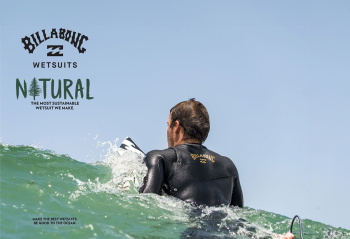

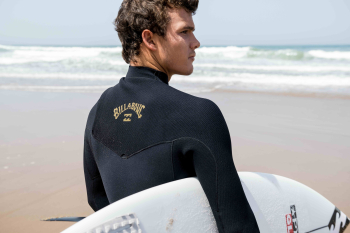

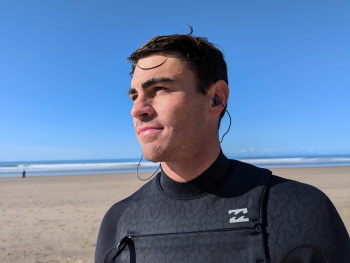
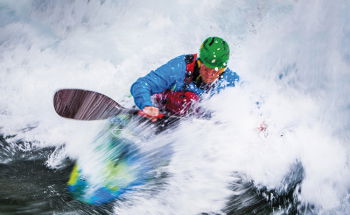


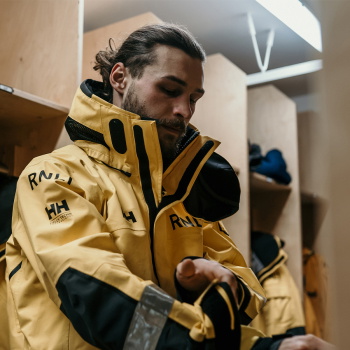

 Visit the US site
Visit the US site  Weiter nach DE
Weiter nach DE